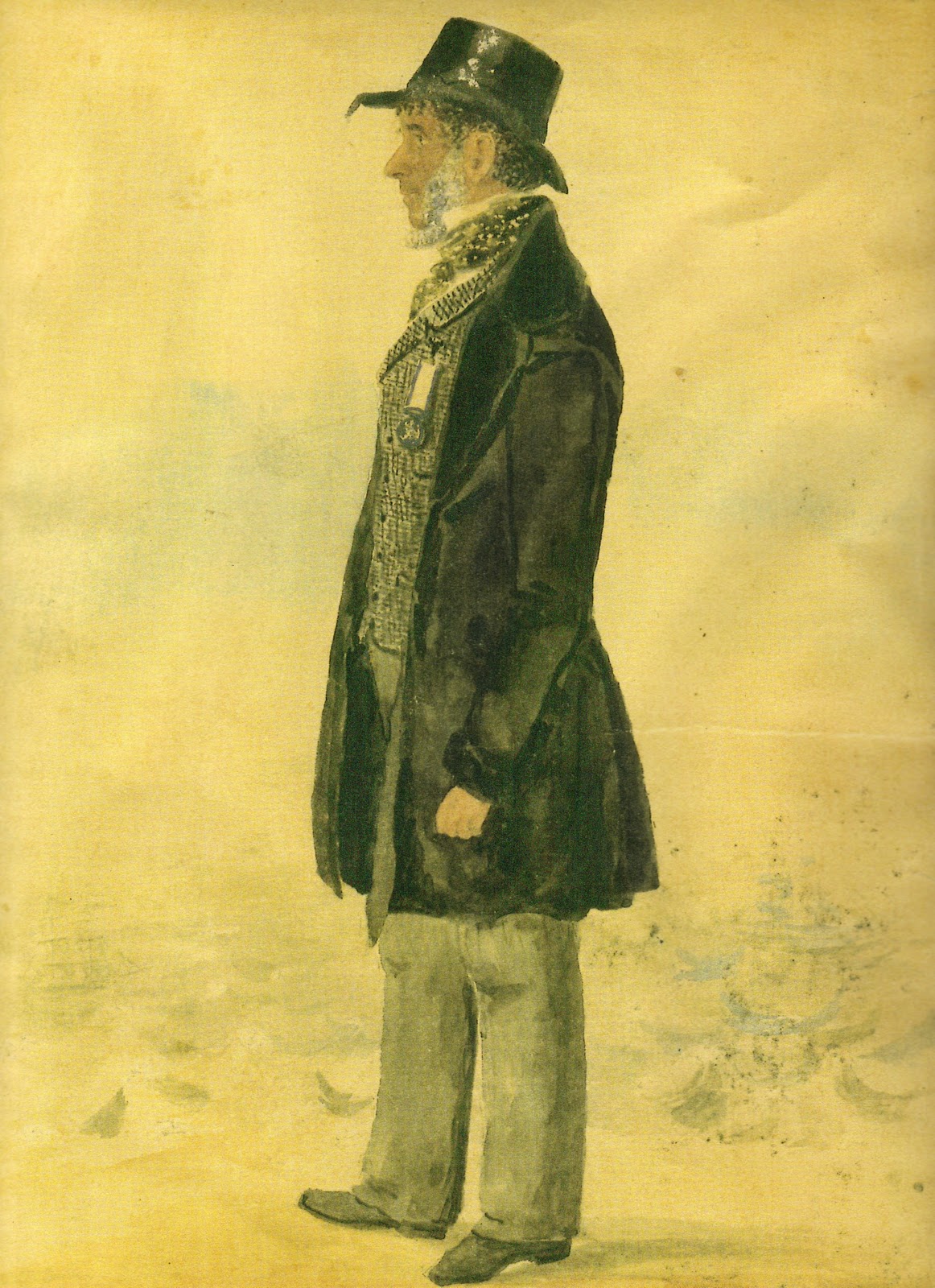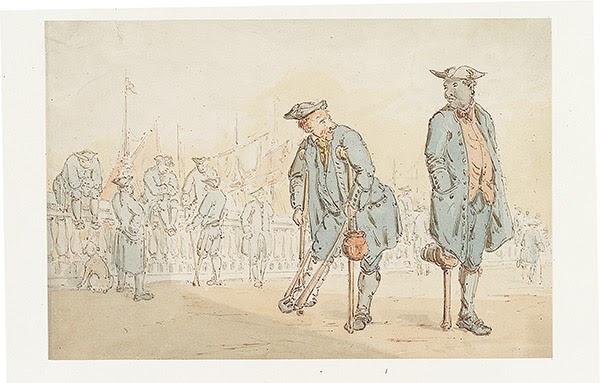
John Simmonds, a veteran of the Battle of Trafalgar and Black Greenwich Pensioner (c.1784-1858). (Image credit: Courtesy of the family of John Simmonds.)
An exhibition about untold stories of retired Black mariners has launched at the Old Royal Naval College in Greenwich.
“Black Greenwich Pensioners” details the Old Royal Naval College’s time as the Royal Hospital for Seamen between 1694 and 1869. The hospital provided food, clothes and accommodation for retired Royal Navy mariners called “Greenwich pensioners,” many of whom were Black immigrants.
Black British heritage consultant S. I. Martin, who co-curated the exhibition, said: “The Black Greenwich pensioners seem to have become part of everyday Greenwich life.”
The hospital admitted a significant number of African-origin people, according to the exhibition. They came from all parts of the Caribbean, West Africa and Americas because the Royal Navy recruited personnel from across the globe as the British Empire grew.
The exhibition highlights the stories of Briton Hammon and John Simmonds, who were prominent figures among those Black Greenwich pensioners.
Hammon escaped slavery in Cuba to join the British Navy and is known as the author of the first slave narrative written in English.
Meanwhile, John Simmonds is believed to have been the son of a plantation owner and an enslaved woman. He served on several ships at the Battle of Trafalgar and received the respective medal.
Simmonds married a white Londoner and his descendants still live in the U.K.
His medal and service pistol, which his family lent to the exhibition, are on display.
Martin says: “Interestingly, a certain number of Black Royal sailors were free men like Hammon, although a huge population of enslaved Black men were working on board British ships.”

Uniformed pensioners in the Hospital Grand Square (John Thurston, a caricature of Greenwich pensioners, late 1700s, early 1800s. Image credit: National Maritime Museum)
A Black and a white pensioners in hospital uniform in the Hospital Grand Square(John Thurston, A caricature of Greenwich Pensioners, late 1700s, early 1800s ©National Maritime Museum)
The exhibition includes caricatures, paintings and newspapers, which depict Black Greenwich Pensioners at sport events, in Greenwich Park, in pubs and participating in community rituals.
It also discussed how a large number of free Black men worked at the Royal Navy Dockyard in Deptford.
“The Black community created in Greenwich and Deptford would be more complicated than we expect,” Martin explains.“Two layers of Black people existed at the same time. One was those enslaved and the other was those free.”
“Black men married white British women like Simmonds and vice versa. This wasn’t unusual in the 18th century.”
In addition, the exhibition introduced three of the most famous abolitionists and writers, Ignatius Sancho, Olaudah Equiano and Phillis Wheatley, who were linked to Greenwich.
Sancho was the first African heritage voter in the U.K. Equiano is often referred to as Britain’s first Black political leader, while Wheatley was the first African American author of a poetry book.
Martin commented on the Old Royal Naval College website that the history of Black Greenwich pensioners is a global story told on a local level.
The Old Royal College is temporarily closed because of the Covid-related lockdown in England but will reopen on December 3rd. The exhibition is expected to run until February 21.